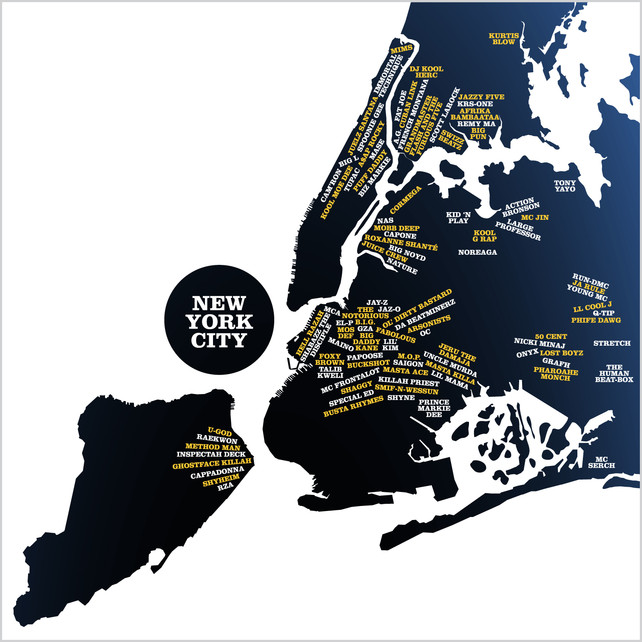Infrastructure is not exactly the sexiest word in architecture. There are no “starchitects” proudly boasting about their pipe designs or subsurface drainage systems. By its very definition – the underlying structures that support our systems – infrastructure is inherently hidden from us, and therefore often overlooked. But without it our current cities couldn’t possibly exist. Without finding ways to improve it, our future cities will struggle to survive.
Thursday 25 September 2014
Wednesday 24 September 2014
High Line-Inspired Copy Cats
To coincide with the opening of the final stage of the High Line in NYC, Inhabitat have conveniently collated a list of 6 High Line-inspired copy cats that are changing cities across the globe. Including Sydney's own the Goods Line in Ultimo.
Iconic High Line Park in NYC Opens Final Section To Public
NYC's most loved and iconic elevated park is finally complete! The third and final section of the High Line, aptly named The High Line at the Yards, is a verdant retreat incorporating real elements of its once standing original railway, as well as native flora and fauna. The serene half-mile pathway seamlessly blends nature into the surrounding cityscape, with more native plants than ever before.

Tuesday 23 September 2014
Infographic: A Map Of New York's Hip-Hop Heritage
Yo yo! Listen up! P to the L to the A to the double N - ING. (Yes I am too fly for a white guy)
Following on from the popular post on how planning created hip-hop, I thought I'd share an inforgraphic that you may rekonize (see told I'm cool). Word out.
Following on from the popular post on how planning created hip-hop, I thought I'd share an inforgraphic that you may rekonize (see told I'm cool). Word out.
How Self-Healing Materials Could Change the World
Self-healing or "smart" materials may seem as magic as the alchemy of old, but they carry the very real potential to change our roads, buildings, and means of transportation.
Dr. Erik Schlangen, a Dutch civil engineer at Delft University has successfully created a road-ready material that’s practically self-healing 'with a little bit of help from the outside'. In the video of his TED talk, Dr. Schlangen demonstrates his miracle asphalt onstage. In front of an audience of undergrads, he karate-chops a block of asphalt into two. As he begins to talk about how nice it is to drive on asphalt, he places the two pieces side-by-side in an industrial microwave. MAGIC!!
Dr. Erik Schlangen, a Dutch civil engineer at Delft University has successfully created a road-ready material that’s practically self-healing 'with a little bit of help from the outside'. In the video of his TED talk, Dr. Schlangen demonstrates his miracle asphalt onstage. In front of an audience of undergrads, he karate-chops a block of asphalt into two. As he begins to talk about how nice it is to drive on asphalt, he places the two pieces side-by-side in an industrial microwave. MAGIC!!
Wednesday 3 September 2014
Minecraft For Real Life: This Video Game Wants To Help Redesign Actual Cities
More than 100 million people play Minecraft, building virtual worlds out of virtual blocks. What if some of them started to use the same skills to redesign actual cities?
A new video game in development at the University of Southern California's School of Architecture is designed to make anyone a city planner. Using real city data, the game will start with Los Angeles but has the potential to be tailored to any city in the world.

"Gamescapes research seeks to democratize the design of the built environment through the use of video games," says Jose Sanchez, assistant professor in architecture at USC, who is working on the project with Satoru Sugihara and Sergio Irigoyen.
In the game, called Block, players build neighborhoods from components like housing, businesses, and parks, continually rearranging the pieces to find the optimum arrangement that citizens would most want to use and that would have the least cost for the city.
Subscribe to:
Posts (Atom)




